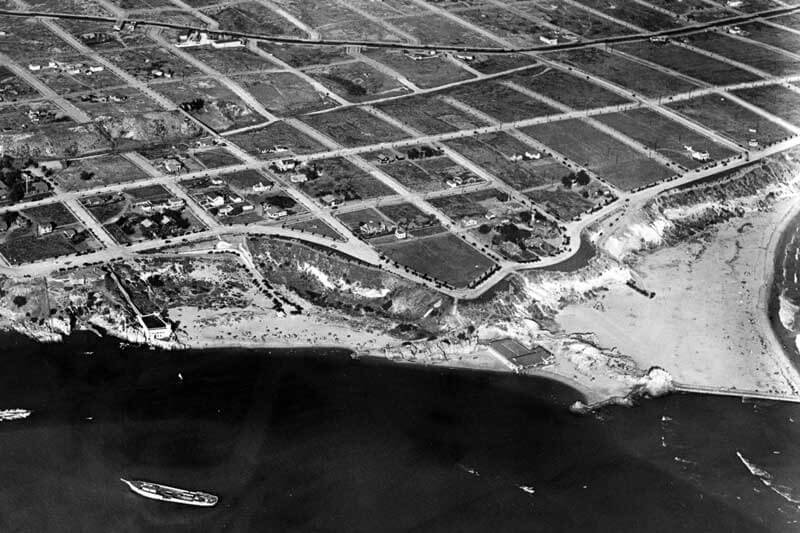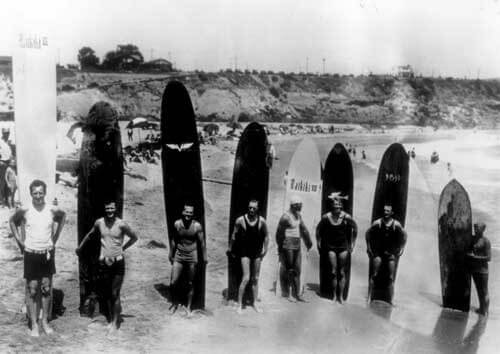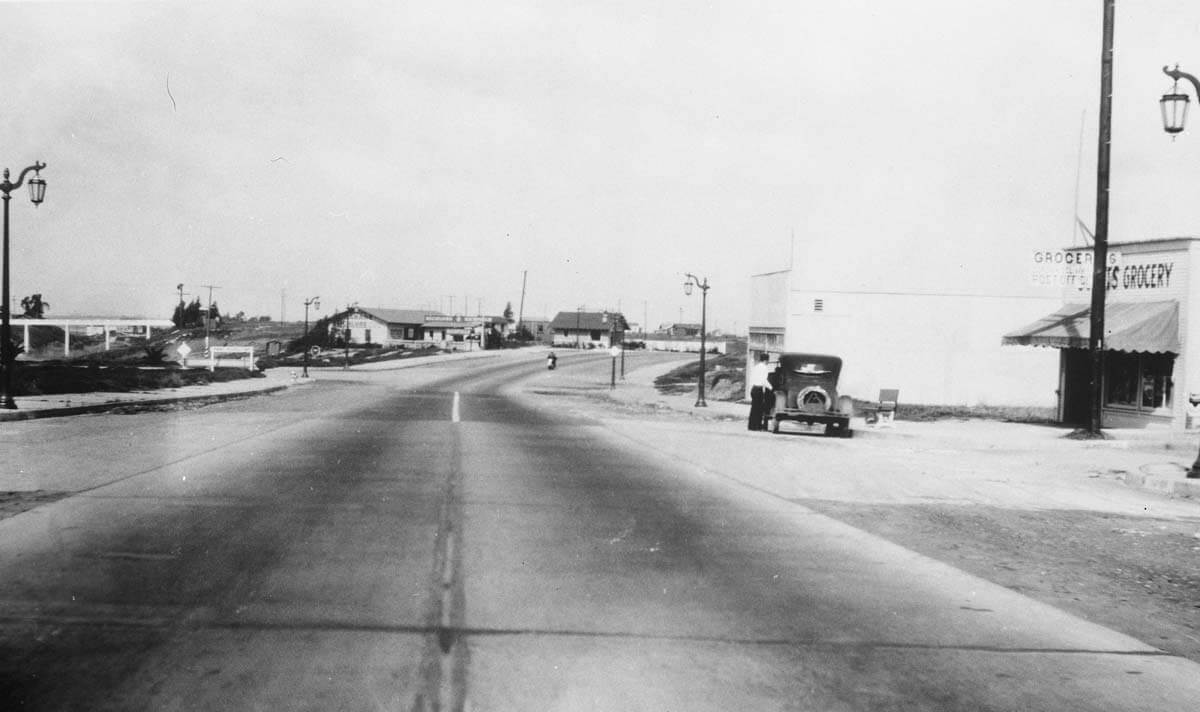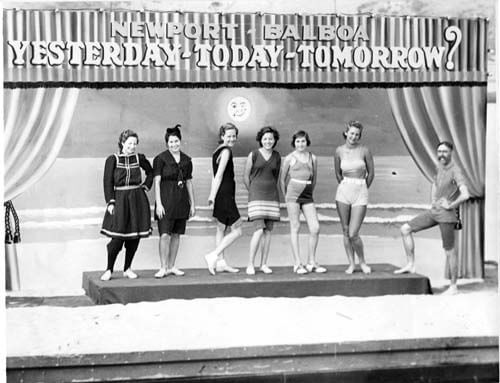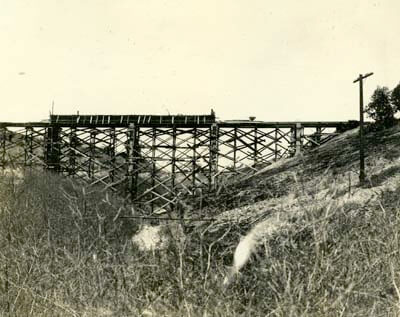Re-creating World War I in Corona del Mar
A century ago, America went to war. Men from Orange County and across the nation heeded the call to service during World War I. By the end of the war, 4 million men served, half of those going abroad to fight. More than 100,000 American “doughboys” lost their lives in World War I.
In 1917, Corona del Mar was a peaceful rural enclave, — as far from the battlefields in France as one could imagine. So, it might seem ironic that a decade after the end of the “War to End All Wars,” movie makers arrived in Corona del Mar to recreate World War I. In fact, the Academy Award winning All Quiet on the Western Front, included battle scenes filmed in Corona del Mar.


